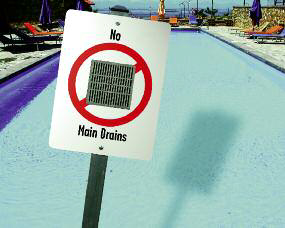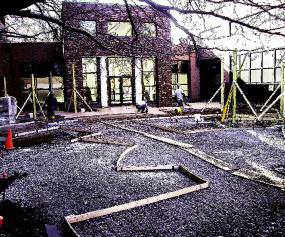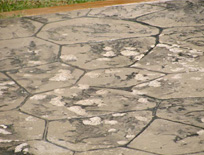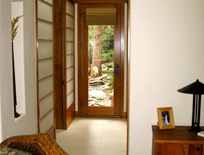Among the most gratifying of all projects are those in which designers are able to forge links between different areas of a property, creating an unfolding, choreographed experience that generates notes of anticipation along with reassuring sensations of comfort and familiarity. In our work at Root Design Company (Austin, Texas), we’ve found that water is a powerful tool in defining those sorts of connections within a property, whether it is used in bold ways, as with fountains or swimming pools, or as subtler secondary or tertiary elements, including runnels or small waterspouts. In the project depicted here, we used multiple watershapes within architectural spaces that organize those settings and bring motion and continuity to the overall space. It all ties together visually, with each path leading to intriguing destinations that serve as rewarding visual experiences for anyone who visits. As we see it, the key ingredient in this project was our client, who understood
The following is the text, somewhat altered for this audience, of a letter I’ve sent a number of health departments in the course of working on projects for our clients. There is no doubt that the recent wave of legislation, codes and standards regarding suction entrapment has caused confusion – not just in the pool and spa industry, but also among lawmakers, inspectors and contractors as well as pool and spa owners. These mandates, however well intended, have all too often been confusing or contradictory and frequently reflect neither
Have you ever noticed how often the costliest part of a project turns out to be something that will ultimately be hidden from view? This happens quite frequently in projects involving any sort of slope, where the piers and grade beams beneath swimming pools, for example, can cost far more than the rest of the overall project. In my own work, I’ve noticed this budgetary quirk most frequently when it comes to retaining walls, where providing the foundation they need to withstand the forces applied by a slope can be startlingly extensive and expensive. It’s not what you’d call glamorous work, but it certainly is important – and will vanish completely from view. Most often, we’re called on to build these walls when
Not long ago, I was reminded in a big way of the importance of understanding the international nature of our industry. It was July, and my Genesis 3 partners Skip Phillips and David Tisherman and I were on the Gold Coast near Brisbane, Australia, presenting a program at the Splash! Conference – an experience that, once again, underscored the fact that ours is not just a North American business, but is instead a global industry in which people worldwide share
To excel as professionals, watershapers need to develop a good working knowledge of a range of technical disciplines – hydraulics, materials science and geology, for example – and know the ins and outs of structural, electrical and mechanical engineering. No single person needs to have certified expertise in all of those fields, but it’s becoming increasingly clear that anyone who enters the watershaping realm needs to be conversant in the mix of disciplines he or she must coordinate if the goal of
When a problem occurs with a recently installed decorative concrete job, who is responsible? I understand that this is a loaded question and that there are lots of factors to consider, but the question still stands. This spring, while dealing with a rash of
When I was a landscape architecture student, my coursework on residential landscape design wasn’t much to speak of — just one project in a single course. In those days, in fact, expressing any interest in residential spaces made you
The true test of whether a watershape is well-conceived and well-built is what happens in the minds of the clients when they view the finished product. Not only should they appreciate the beauty of the work, they should also





















Green Horizons